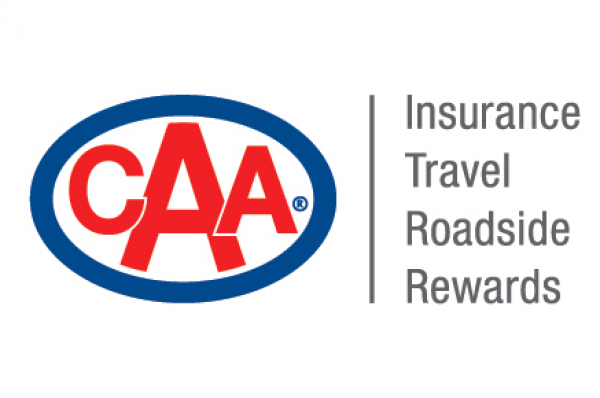A recent school zone safety survey conducted on behalf of CAA South Central Ontario (CAA SCO) indicates that 78 per cent of Ontario parents report having seen unsafe driving behaviours and only 37 per cent consider the roads around their child’s school to be safe. Some of the most common unsafe driving behaviours parents have witnessed include speeding, double parking and stopping at undesignated areas.
“We all have a role to play in keeping our school zones safe,” says Tracy Marshall, manager of community relations at CAA SCO. “These dangerous driving behaviours can lead to serious consequences and CAA is urging motorists to slow down and follow the rules of the road when driving through school zones.”
The survey also identified that more than half of parents in the province (66 per cent) support the use of Automated Speed Enforcement (ASE) in school zones, with 79 per cent believing its presence would deter speeding around schools. According to the survey, two in three parents consider that ASE should remain permanent in school zones.
“When you’re behind the wheel, you have the responsibility to look out for everyone else around you, including parents, guardians and children,” says Marshall. “It’s important to always watch out for Community Safety Zone signs as they indicate areas where public safety is of special concern and drive with caution through school zones, residential areas and any other areas where children may be walking or playing.”
Motorists should also keep an eye out for school buses that are now equipped with amber and red upper flashing lights. Under the new system, upper flashing amber lights will turn on as the bus slows down, indicating that drivers need to be cautious and slow down too. The amber-red system will hopefully provide more clarity when to stop, preventing illegal passings and dangerous sudden stops.
CAA reminds motorists that it is an offence to pass a stopped school bus with its red lights flashing and stop arm extended. Fines for a first offense range up to $2,000. It can also result in a significant number of demerit points.
Motorists can also use the following CAA tips to ensure they are staying safe in school zones:
- Help reduce traffic with active school travel: Encourage your kids to walk or ride to school to ease traffic congestion. If your school is a further distance, CAA encourages parents and guardians to park a block away and walk to school, if possible, to reduce traffic and make school zones safer.
- Slow down: Know the speed limit in your neighbourhood’s school zones and respect them. Ensure you give yourself plenty of time to drop off your kids at school to avoid rushing.
- Follow the rules of the road near school buses: Always stop for a stopped school bus with its upper flashing red light and/ stop arm activated and wait for children to get safely on or off. Stay alert and watch for children or parents/guardians crossing the road when the bus moves on.
- Choose a safe spot to drop off and pick up your children from school: Follow your school’s rules and avoid double parking or stopping on crosswalks, dropping off or picking up your kids on the opposite side of the street, and stopping in moving traffic as kids rush out. Instead, use the designated drop off areas or consider a spot a bit farther away from school that is easily accessible and safe.
- Make eye contact with passing pedestrians and cyclists: With the excitement of going back to school, anticipate that children may not easily see or hear your moving vehicle. Use eye contact to ensure pedestrians are aware of you driving your vehicle.
- Watch for CAA School Safety Patrollers: As one of the largest youth volunteer programs in Canada, they play an important role by keeping their peers safe on school buses and in school zones. Keep a lookout for their bright safety vests.
CAA supports safety in school zones through the CAA School Safety Patrol® program, developed to protect and educate elementary school children on safe road-crossing practices. CAA’s Ontario Road Safety Resource is a toolkit with valuable lesson plans for teachers to help educate students about road safety.
To learn more please visit www.caasco.com/schoolzone
The study, commissioned by CAA SCO and conducted by Dig Insights between April 13th to 22nd 2022, surveyed 1,402 Ontario parents/guardians between the ages of 18 and 74 with children attending school from kindergarten to grade 8. The margin of error for a sample of this size is plus or minus 2.6% at the 95% confidence level.





